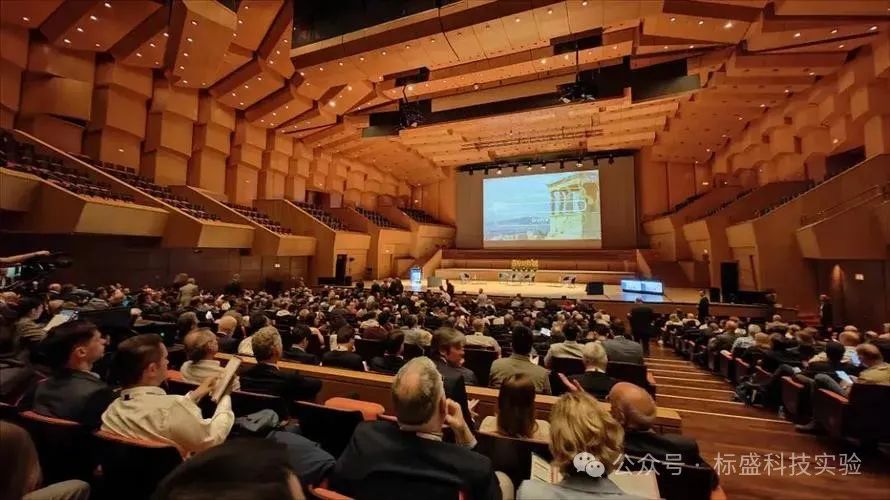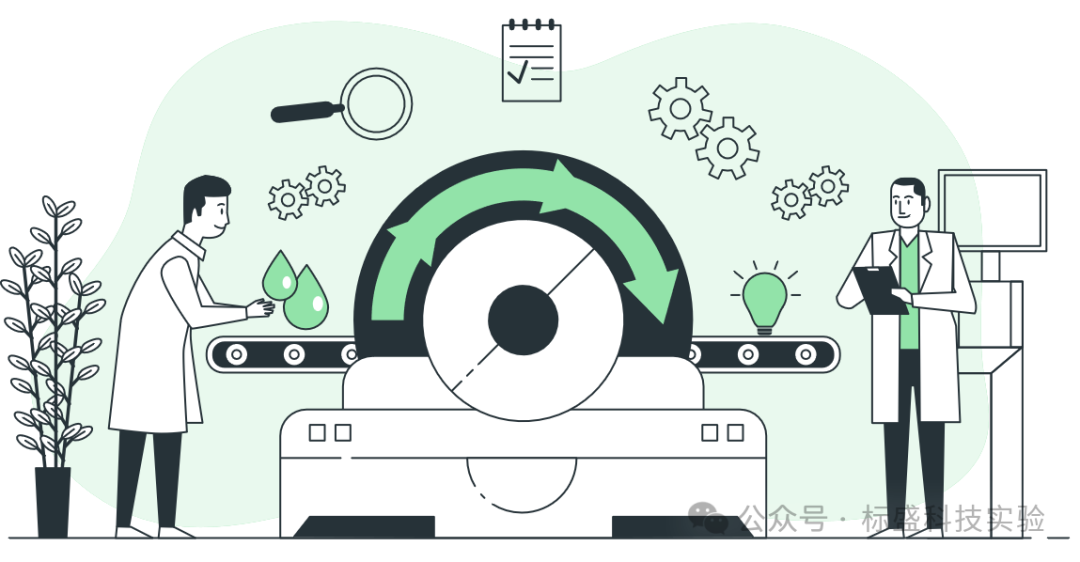Tunnelling for a Better Life!
01 Challenge
The tunnel excavation project is facing a new challenge: how to evaluate its impact and contribution based on the United Nations Sustainable Development Goals. This issue has attracted widespread attention and discussion within and outside the industry. Since its adoption by all member states in 2015, the core of the United Nations 2030 Agenda for Sustainable Development - the Sustainable Development Goals - has been regarded as a common blueprint for peace and prosperity for humanity and the planet now and in the future.

In his inaugural speech in 2022, Professor Arnold Dix, President of the International Tunneling and Underground Space Association (ITA), emphasized that the tunnel industry must communicate with the world in clear and concise language. Therefore, he believes that it is crucial to clarify how underground infrastructure can contribute to the United Nations Sustainable Development Goals (SDGs). The 2023 Journal of Tunnels has also expressed high attention to this, introducing the latest developments in the use of renewable energy, material lifecycle impacts, and other fields.
02 Objective
As the 2025 World Tunnel Conference approaches, the organizer, the Swedish Rock Engineering Association, has explicitly required all contributors to include information on sustainable development goals in their papers. This move aims to promote a deeper understanding and practice of sustainable development goals in the tunnel industry. At present, some tunnel projects have begun to adopt sustainability certification programs designed for infrastructure, and the demand for carbon accounting and reporting is also growing rapidly.
To achieve this goal, both inside and outside the industry, efforts are being made to explore and apply various tools and methods to measure, evaluate, and prioritize different sustainable development goals.
03 Direction
When exploring the sustainable development direction of shield tunneling slag, we face a global issue that cannot be ignored: the impact of traditional Portland cement production on the environment.

It is estimated that the carbon dioxide emissions from the cement industry account for up to 8% of the global total emissions, and this figure is expected to soar to over 25% by 2050. The carbon emissions in the cement production process mainly come from two aspects: the heating process of the cement kiln, and the carbon dioxide produced by the decomposition of calcium carbonate, each accounting for about half of the total emissions. In view of this, seeking to replace traditional cement production methods, especially reducing the use of clinker by using supplementary gel materials (SCMs), has become one of the key strategies to achieve green cement production.
In this context, fly ash, as a type of SCM, has been widely studied and applied. However, another material - clay - has gradually attracted industry attention due to its low cost, easy availability, and processing cost. The large amount of soil generated at the shield tunneling construction site is currently being transported by truck to the landfill site, which not only increases additional economic costs but also poses potential pollution to the environment. With the continuous reduction of urban capacity, the demand for reducing landfill waste is becoming increasingly urgent.
According to the definition of the International Clay Mineral Association, clay is a natural material mainly composed of fine mineral particles, with a certain moisture content and plasticity. It will harden after drying and calcination. In practical applications, clay is mainly divided into four types: bentonite, kaolin, palygorskite and sepiolite, and ordinary clay. Although natural clay itself does not possess volcanic ash activity, its crystal structure can be transformed into an amorphous or disordered state through mechanical, chemical, or heat treatment, thereby activating its volcanic ash characteristics. Especially kaolin, due to its excellent activation potential, has attracted much attention, but other types of clay can also be applied to the production of high-strength concrete after appropriate treatment.
04 Future

Our company has conducted in-depth research aimed at transforming shield tunneling slag into SCM with practical application value, in order to achieve the dual goals of resource recycling and environmental protection. Recently, we signed a cooperation agreement with a well-known listed company in Europe to jointly promote the research and development of this technology.
Our company is also actively engaged in the field of sustainable development, has set clear goals, and has joined multiple environmental organizations. We look forward to collaborating with more partners who are interested in sustainable development of tunnels to jointly promote the green and sustainable development of the industry. In the future, we will conduct in-depth testing on soil from different strata from three dimensions: mechanical, chemical, and heat treatment, in order to develop high-quality SCM products, provide environmentally friendly cement substitutes for the construction industry, and provide innovative solutions for soil treatment at shield tunneling construction sites, achieving a win-win situation for economy and environment.
